Home>Garden Essentials>How To Use Black Seed Oil For Skin
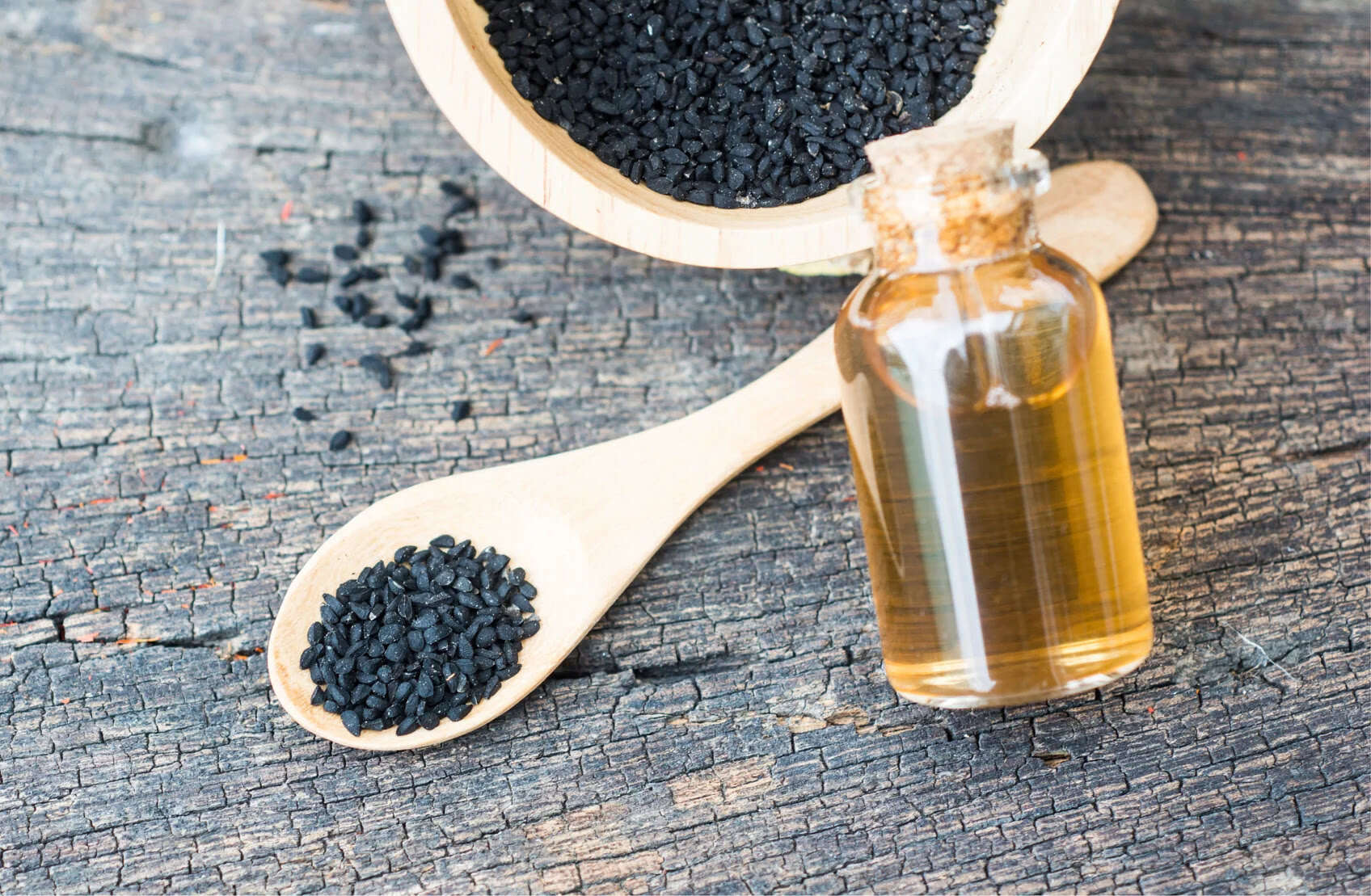

Garden Essentials
How To Use Black Seed Oil For Skin
Modified: March 15, 2024
Discover the benefits of using black seed oil for your skin and learn how to incorporate it in your daily beauty routine with our comprehensive guide. Transform your skin with the natural goodness of black seed oil.
(Many of the links in this article redirect to a specific reviewed product. Your purchase of these products through affiliate links helps to generate commission for Storables.com, at no extra cost. Learn more)
Introduction
Welcome to the world of natural skincare! In today’s article, we will explore the incredible benefits of black seed oil for your skin. Black seed oil, also known as Nigella sativa oil, has been used for centuries in traditional medicine for a wide range of health and beauty purposes. It is derived from the seeds of the Nigella sativa plant, native to the Middle East, and is gaining popularity worldwide for its potent healing properties.
Black seed oil is rich in essential fatty acids, vitamins, and antioxidants, making it a versatile and effective ingredient in skincare. Its powerful properties help to nourish, hydrate, and rejuvenate the skin, making it a go-to option for addressing various skin concerns.
In this article, we will delve into the benefits of black seed oil for the skin, explore how to choose the right oil, discuss patch testing, and provide tips on how to effectively apply it on your skin.
So, if you are ready to unlock the secrets of black seed oil and harness its incredible potential for your skin, let’s dive in!
Key Takeaways:
- Black seed oil offers moisturizing, anti-aging, and acne-fighting benefits for the skin, making it a versatile and natural addition to your skincare routine.
- Before using black seed oil, perform a patch test and consider potential side effects, such as increased skin sensitivity to sunlight, to ensure safe and effective usage.
Read more: How To Use Black Seed Oil For Face
What is Black Seed Oil?
Black seed oil, also known as black cumin seed oil or Nigella sativa oil, is a natural oil extracted from the seeds of the Nigella sativa plant. This plant is native to South Asia, the Middle East, and North Africa, and has been used for centuries as a traditional remedy for various health ailments.
The oil is extracted through a process of cold-pressing the seeds, which ensures that the oil retains its potent nutritional content. The resulting oil is dark amber in color and has a distinct aroma.
Black seed oil is packed with essential fatty acids, vitamins, minerals, and antioxidants that are beneficial for overall health and well-being. These include nutrients such as omega-3 and omega-6 fatty acids, vitamin A, vitamin C, vitamin E, and zinc.
One of the key active compounds found in black seed oil is thymoquinone. This compound is known for its anti-inflammatory, antioxidant, and antimicrobial properties, which contribute to the oil’s numerous health benefits.
Black seed oil has been used in traditional medicine to treat a wide range of health issues, including digestive disorders, respiratory conditions, skin problems, and even to support healthy hair growth. However, in this article, we will focus specifically on its benefits for the skin.
Now that we understand what black seed oil is and its rich nutritional profile, let’s dive into the incredible benefits it offers for our skin.
Benefits of Black Seed Oil for Skin
Black seed oil has gained popularity in the skincare world for its numerous benefits and ability to address various skin concerns. Let’s explore the remarkable advantages it offers:
- Moisturizes and Nourishes: Black seed oil is incredibly moisturizing and helps to keep the skin hydrated. It contains essential fatty acids, such as linoleic acid and oleic acid, which help to strengthen the skin’s natural barrier and prevent moisture loss. Regular use of black seed oil can leave your skin feeling soft, smooth, and supple.
- Anti-Aging Properties: The antioxidant content in black seed oil helps to fight off free radicals, which are responsible for premature aging. It can help reduce the appearance of fine lines, wrinkles, and age spots, promoting a more youthful-looking complexion.
- Reduces Acne and Blemishes: Black seed oil has antimicrobial and anti-inflammatory properties that make it effective in treating acne and reducing blemishes. It helps to control excess oil production, unclogs pores, and reduces inflammation, which can lead to clearer and healthier-looking skin.
- Calms Skin Irritation: If you are dealing with skin conditions like eczema, psoriasis, or rosacea, black seed oil may provide relief. Its anti-inflammatory properties can help soothe irritation, reduce redness, and alleviate itchiness and discomfort associated with these conditions.
- Brightens Complexion: Black seed oil can give your skin a natural glow by promoting a more even skin tone. It helps to fade dark spots, hyperpigmentation, and acne scars, revealing a brighter and more radiant complexion.
- Protects Against Environmental Damage: The antioxidants in black seed oil act as a shield against environmental pollutants and toxins, helping to protect the skin from damage caused by free radicals. This can prevent premature aging and keep your skin looking healthy and vibrant.
- Supports Hair and Scalp Health: Apart from its benefits for the skin, black seed oil can also improve the health of your hair and scalp. It strengthens hair follicles, promotes healthy hair growth, and helps combat scalp conditions like dandruff and dryness.
These are just some of the incredible benefits that black seed oil offers for your skin. Its powerful properties make it a valuable addition to your skincare routine.
Now that we know about the benefits of black seed oil, let’s move on to the next section and learn how to choose the right oil for your skincare needs.
How to Choose the Right Black Seed Oil
When it comes to choosing the right black seed oil for your skincare needs, there are a few factors to consider. Here are some tips to help you make an informed decision:
- Quality and Purity: Opt for high-quality black seed oil that is pure and free from additives, fillers, or preservatives. Look for oils that are cold-pressed, as this method helps retain the oil’s beneficial nutrients.
- Source: Consider the source of the black seed oil. The quality of the seeds and the extraction process can vary depending on the region. Look for oils sourced from reputable suppliers who ensure sustainable farming practices.
- Organic Certification: If possible, choose organic black seed oil. Organic certification ensures that the oil is free from pesticides, herbicides, and other harmful chemicals that may be present in conventionally grown plants.
- Dark Glass Bottle: Black seed oil is sensitive to light and heat, which can degrade its quality over time. Look for oils that are packaged in dark glass bottles to protect it from light exposure and preserve its potency.
- Reputation and Reviews: Do some research and read reviews about different brands and suppliers of black seed oil. Look for companies with positive customer feedback and a reputation for providing high-quality products.
By considering these factors, you can ensure that you are selecting a high-quality black seed oil that will deliver optimal results for your skin.
Before incorporating black seed oil into your skincare routine, it’s important to perform a patch test to check for any potential allergies or sensitivities. Let’s explore the patch test process in the next section.
Patch Test Before Use
Before applying black seed oil to your skin, it is advisable to perform a patch test to determine if you have any allergic reactions or sensitivities to the oil. Here’s how to do a patch test:
- Choose a Small Area: Select a small, inconspicuous area on your forearm or behind your ear to conduct the patch test. This area should be clean and free from any existing skin issues.
- Apply a Small Amount: Take a small amount of black seed oil and apply it to the patch test area. Gently massage it into the skin until it is fully absorbed.
- Observe for 24 Hours: Leave the oil on the patch test area for 24 hours. During this time, avoid washing or rubbing the area.
- Check for Reactions: After 24 hours, examine the patch test area for any signs of redness, itching, swelling, or other allergic reactions. If you experience any discomfort or adverse reactions, discontinue use immediately.
- Proceed with Caution: If the patch test results are clear and you don’t experience any adverse reactions, you can proceed with using black seed oil on your skin. However, it is still recommended to start with a small amount and gradually increase the usage to ensure your skin tolerates it well.
Performing a patch test is essential to ensure the safety and compatibility of black seed oil with your skin. It is a simple step that can help prevent any potential skin irritation or allergic reactions.
Once you have completed the patch test and your skin has shown no adverse reactions, you can move forward with incorporating black seed oil into your skincare routine. In the next section, we will discuss how to effectively apply black seed oil on your skin.
When using black seed oil for skin, always do a patch test first to check for any allergic reactions. Apply a small amount to a small area of skin and wait 24 hours to see if there is any irritation or redness.
Read more: How To Use Black Seed Oil On Hair
How to Apply Black Seed Oil on the Skin
Now that you have determined that your skin tolerates black seed oil, it’s time to learn how to apply it effectively for maximum benefits. Follow these steps to incorporate black seed oil into your skincare routine:
- Cleanse Your Face: Start by cleansing your face with a gentle cleanser to remove any dirt, oil, or makeup. Pat your skin dry with a clean towel.
- Dispense a Small Amount: Pour a small amount of black seed oil onto your fingertips or the palm of your hand. Depending on your preference, you can start with a few drops and adjust the quantity as needed.
- Warm the Oil: Rub your hands together to warm the oil slightly. This helps to enhance absorption and make it easier to apply on your skin.
- Massage onto Your Face: Gently massage the black seed oil onto your face using upward, circular motions. Focus on areas that need extra attention or areas prone to dryness or fine lines.
- Extend to Neck and Décolletage: Extend the application of the oil to your neck and décolletage, as these areas can also benefit from the nourishing properties of black seed oil.
- Allow Absorption: Give the oil a few minutes to fully absorb into your skin before proceeding with other skincare products or makeup.
- Repeat Twice Daily: For optimal results, apply black seed oil onto your skin twice daily, in the morning and evening, as part of your skincare routine.
Remember, a little goes a long way with black seed oil. Start with a small amount and adjust as needed depending on your skin type and preferences. It’s always better to start with less and gradually increase the amount if necessary.
By incorporating black seed oil into your skincare routine and following these application steps, you can enjoy the full benefits of this amazing natural oil for your skin.
In the next section, we will explore some DIY recipes that you can try using black seed oil for various skincare needs.
Black Seed Oil Recipes for Skin
Black seed oil can be used in various DIY recipes to target specific skin concerns and enhance your skincare routine. Here are a few simple and effective recipes you can try:
- Moisturizing Face Mask: Mix 1 tablespoon of black seed oil with 1 tablespoon of raw honey. Apply the mixture to your clean face and leave it on for 15-20 minutes. Rinse off with lukewarm water and pat your skin dry. This mask will help moisturize and nourish your skin, leaving it feeling soft and hydrated.
- Anti-Aging Serum: In a small bottle, combine 1 tablespoon of black seed oil, 1 tablespoon of rosehip oil, and a few drops of vitamin E oil. Shake well to blend the oils. Apply a few drops of the serum to your face and neck before bed. This potent serum will help reduce the appearance of fine lines and wrinkles while promoting a youthful complexion.
- Acne Spot Treatment: Mix 1 teaspoon of black seed oil with 2-3 drops of tea tree oil. Dab a cotton swab into the mixture and apply it directly to acne spots or blemishes. Leave it on overnight and rinse off in the morning. The antimicrobial properties of black seed oil combined with the antibacterial properties of tea tree oil can help reduce inflammation and speed up the healing of acne.
- Brightening Body Scrub: Combine ½ cup of granulated sugar, ¼ cup of black seed oil, and the juice of half a lemon. Mix well to form a paste. In the shower, gently rub the scrub onto your body in circular motions, focusing on areas with dull or uneven skin tone. Rinse off thoroughly and pat your skin dry. This scrub will exfoliate dead skin cells and help reveal a brighter and smoother complexion.
- Under Eye Treatment: Combine a few drops of black seed oil with a small amount of aloe vera gel. Apply the mixture under your eyes, gently patting it into the skin. Leave it on for 10-15 minutes, then rinse off with cool water. This soothing treatment can help reduce puffiness, dark circles, and fine lines around the delicate eye area.
Feel free to customize these recipes according to your preferences and skin needs. Always perform a patch test before using any new DIY recipe on your skin to ensure compatibility.
Now that you have some fantastic black seed oil recipes, let’s move on to the next section, where we will discuss precautions and potential side effects of using black seed oil on the skin.
Precautions and Side Effects
While black seed oil is generally safe for topical use, it is important to be aware of some precautions and potential side effects. Here are a few things to keep in mind:
- Individual Sensitivities: Everyone’s skin is unique, and individual reactions to black seed oil may vary. It is essential to perform a patch test before using it on larger areas of your skin to check for any allergies or sensitivities.
- Excessive Oiliness: If you have naturally oily skin, using black seed oil directly and in excess amounts can potentially exacerbate oiliness and lead to clogged pores. Consider using it sparingly or diluting it with a carrier oil that suits your skin type.
- Photo Sensitivity: Black seed oil may increase the skin’s sensitivity to sunlight. It is recommended to use sunscreen or take other sun protection measures when using black seed oil on exposed skin to avoid sunburn or damage.
- Interaction with Medications: If you are currently using any medications or have a pre-existing medical condition, it is advisable to consult with a healthcare professional before incorporating black seed oil into your skincare routine.
- Pregnancy and Breastfeeding: Limited research is available on the safety of black seed oil during pregnancy and breastfeeding. It is best to consult with a healthcare provider before using black seed oil during these periods.
While side effects are rare, some individuals may experience skin irritation, redness, or allergic reactions when using black seed oil. If you notice any adverse effects, discontinue use immediately and consult a dermatologist or healthcare professional if necessary.
It’s always a good practice to start with a small amount of black seed oil and gradually increase the usage to observe how your skin reacts. This allows you to customize the application to your skin’s specific needs.
Now that you are aware of the precautions and potential side effects, let’s wrap up this article.
Conclusion
Black seed oil is truly a remarkable natural ingredient that offers a multitude of benefits for the skin. Its moisturizing, antioxidant, and anti-inflammatory properties make it a versatile addition to any skincare routine. Whether you are looking to nourish and hydrate your skin, fight the signs of aging, or address specific skin concerns like acne or irritation, black seed oil can be a valuable ally.
When choosing black seed oil, prioritize quality, purity, and organic certification if possible. Perform a patch test before using it on larger areas of your skin, and start with small amounts to gauge your skin’s reaction. Remember that individual sensitivities may vary, so it’s essential to listen to your skin and adjust your usage accordingly.
Incorporating black seed oil into your skincare routine is simple. Apply it gently onto your skin after cleansing and allow it to absorb before proceeding with other products. You can also experiment with various DIY recipes to tailor the oil’s benefits to your specific skincare needs.
However, it’s important to be aware of the precautions and potential side effects associated with black seed oil. If you experience any adverse reactions or have any concerns, consult with a healthcare professional or dermatologist for guidance.
With its numerous benefits and ancient medicinal history, black seed oil is a worthy addition to your skincare arsenal. Unlock the power of this natural elixir and embrace the potential for healthy, nourished, and radiant skin.
So go ahead, incorporate black seed oil into your skincare routine, and let its transformative properties work wonders for your skin.
Frequently Asked Questions about How To Use Black Seed Oil For Skin
Was this page helpful?
At Storables.com, we guarantee accurate and reliable information. Our content, validated by Expert Board Contributors, is crafted following stringent Editorial Policies. We're committed to providing you with well-researched, expert-backed insights for all your informational needs.
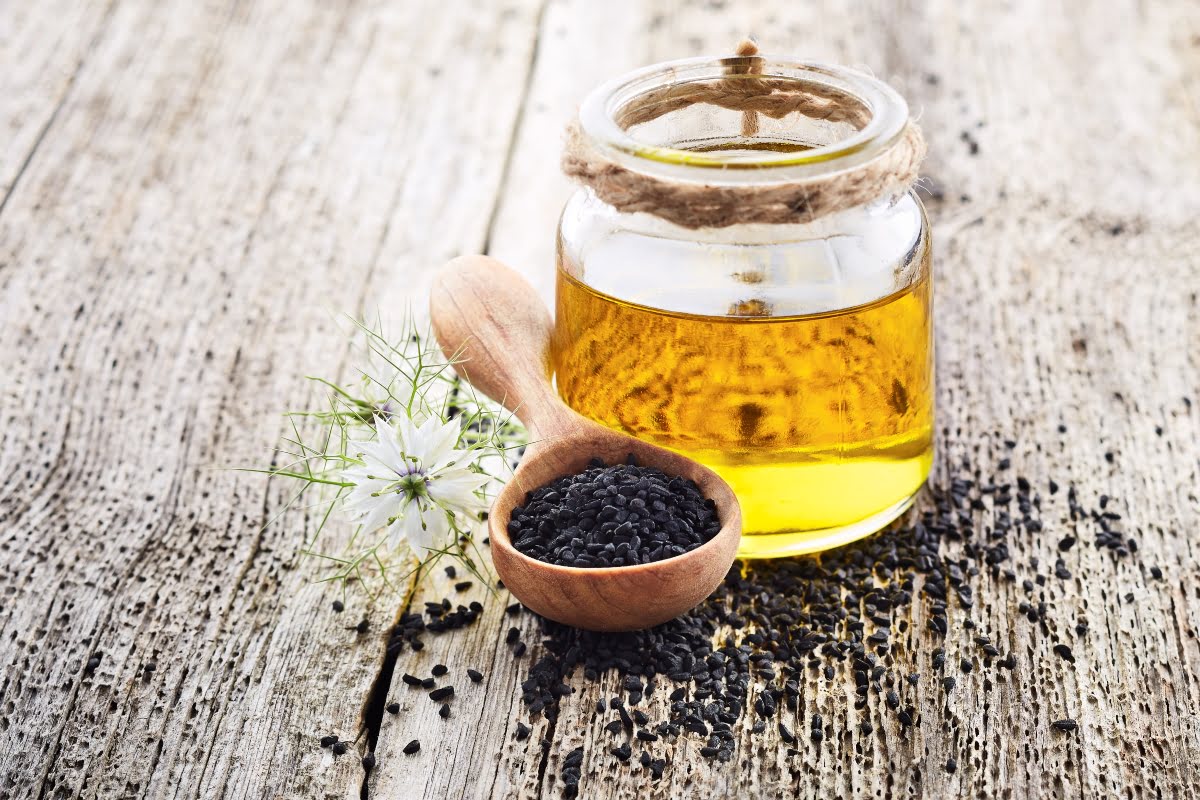
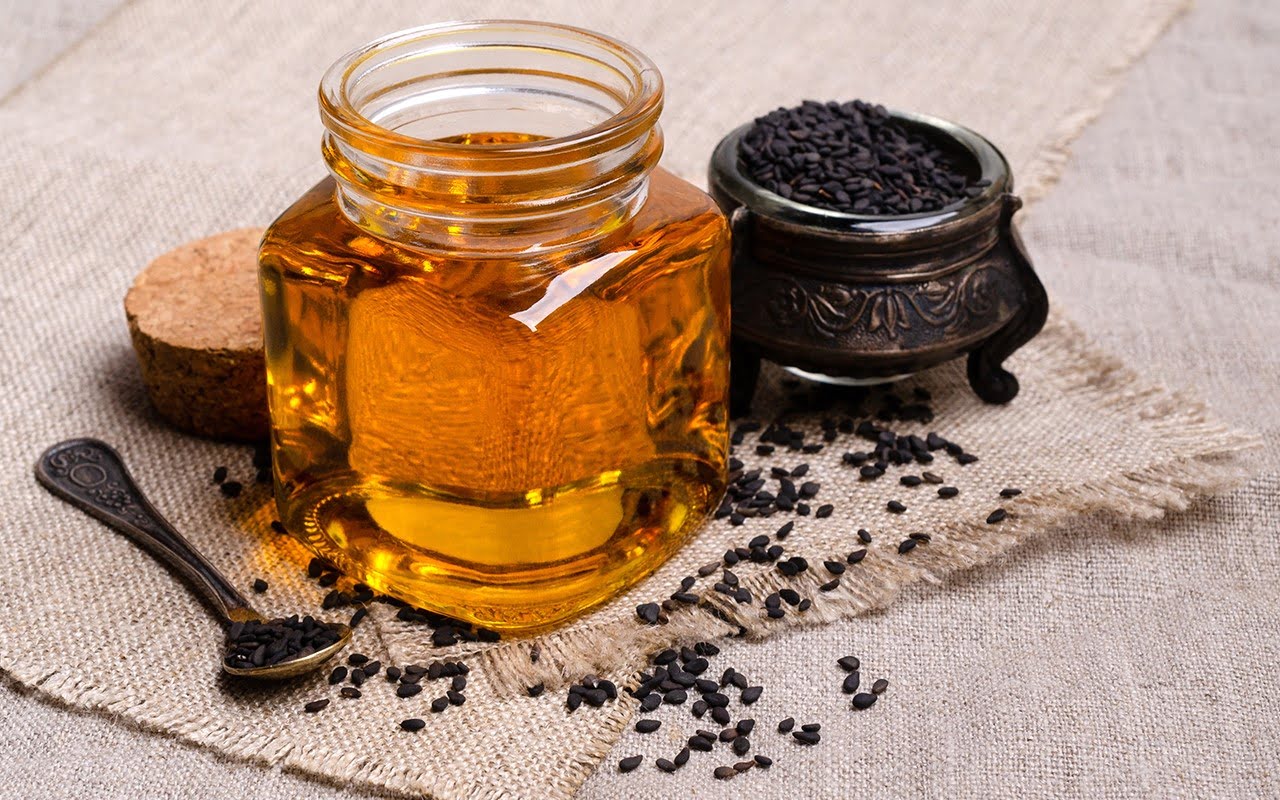
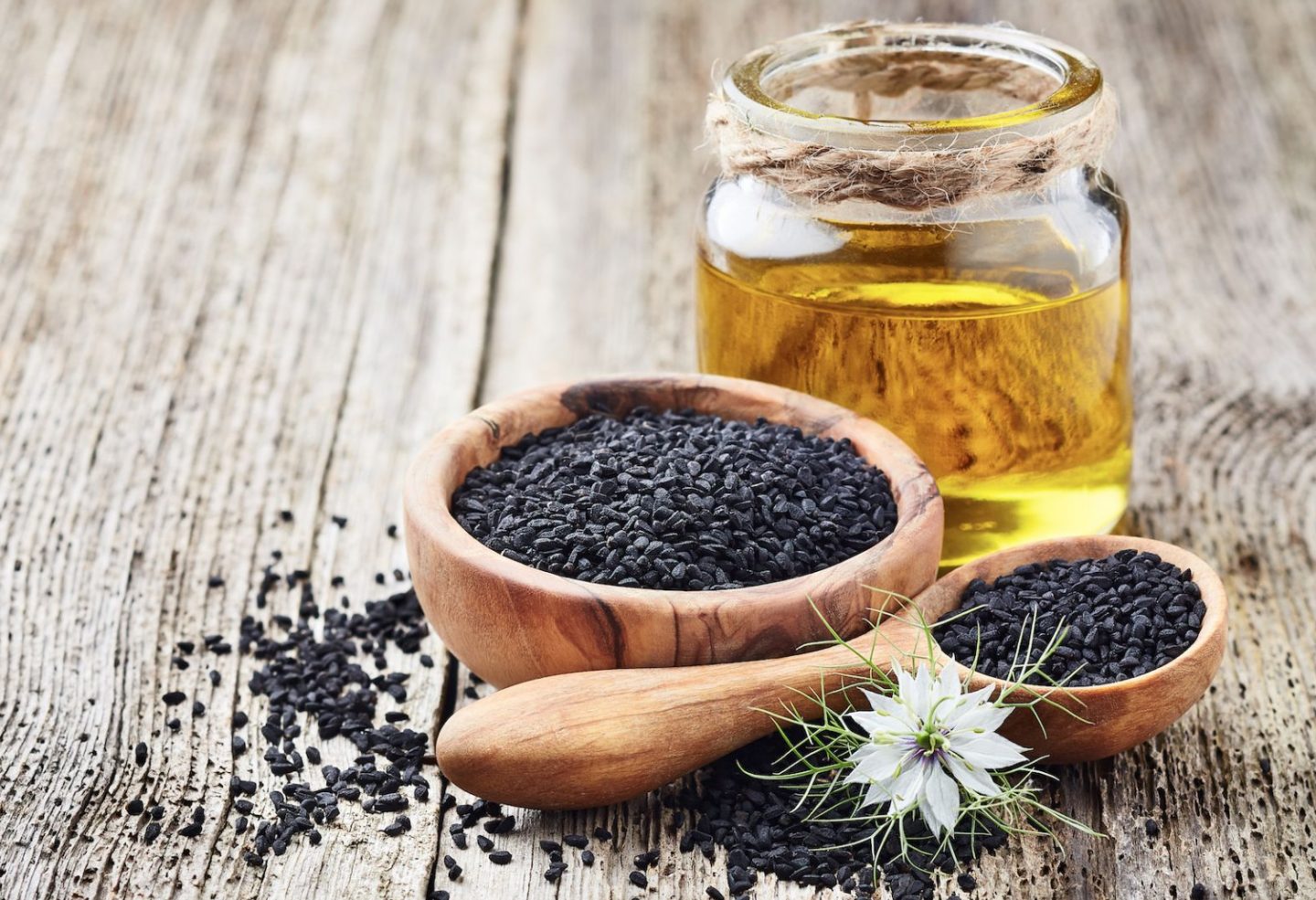
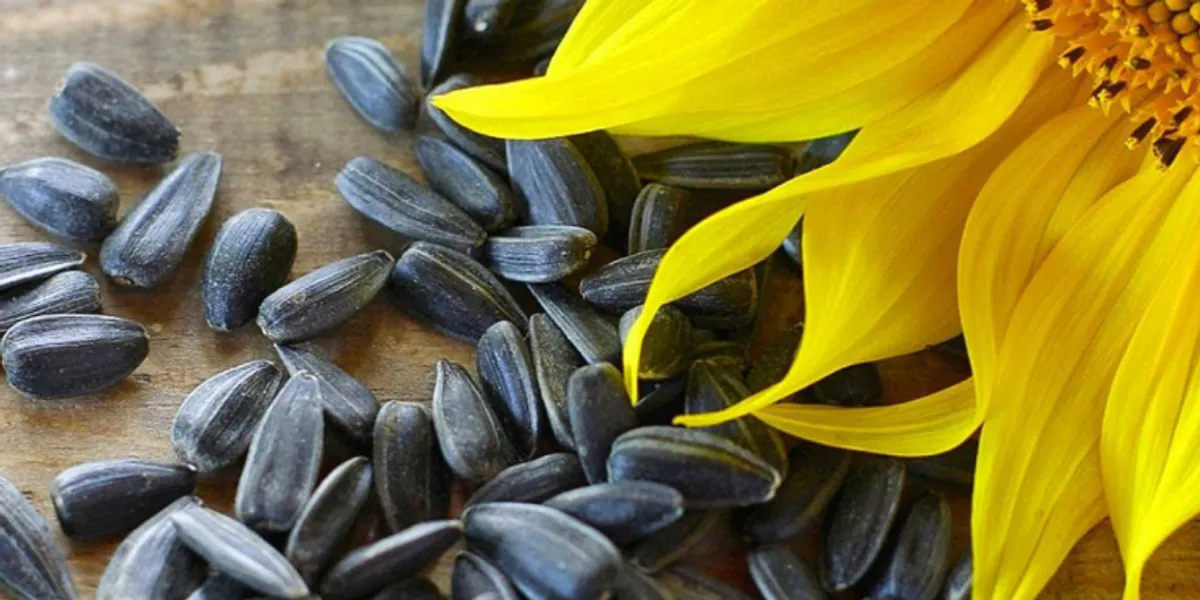
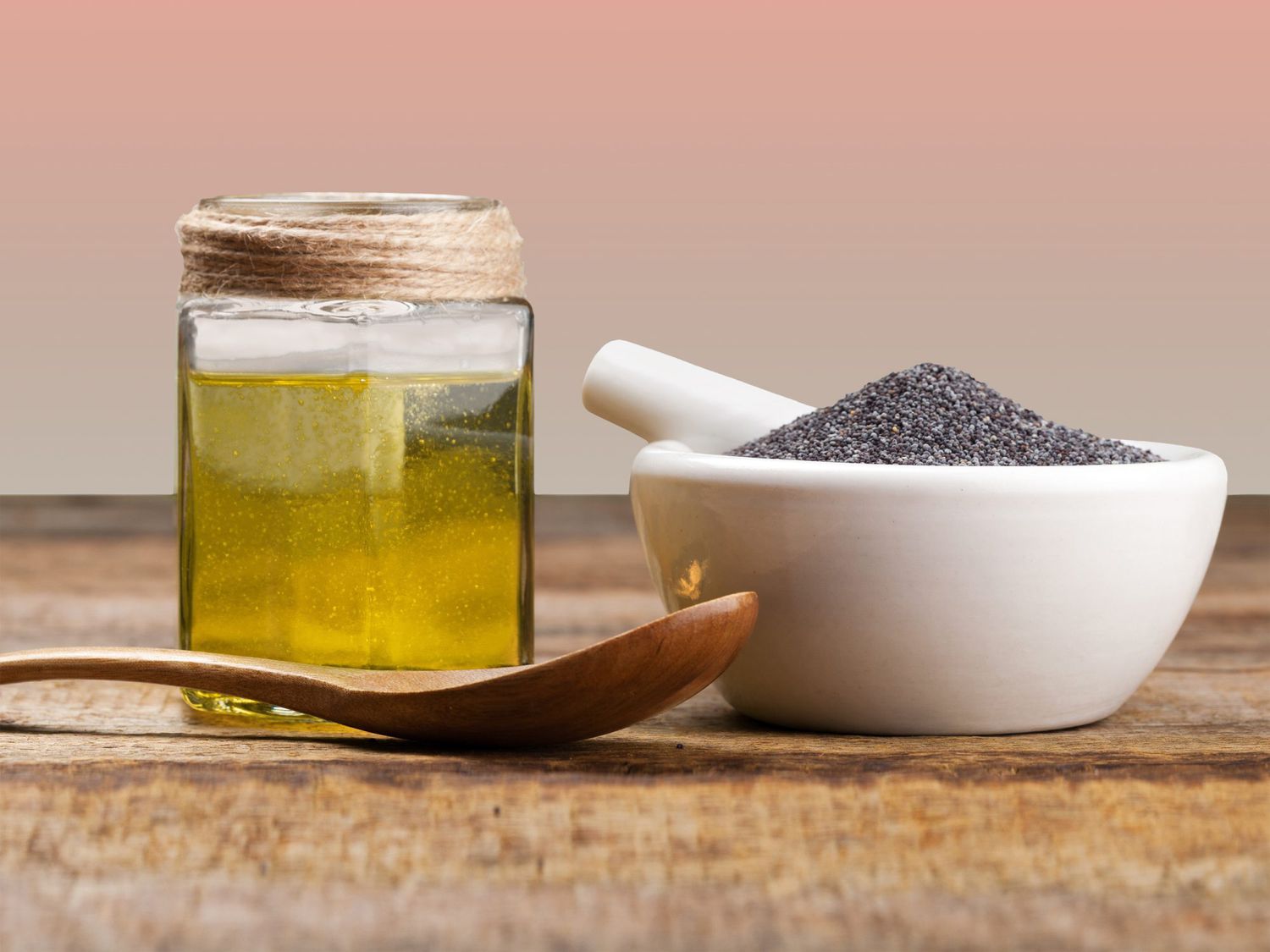
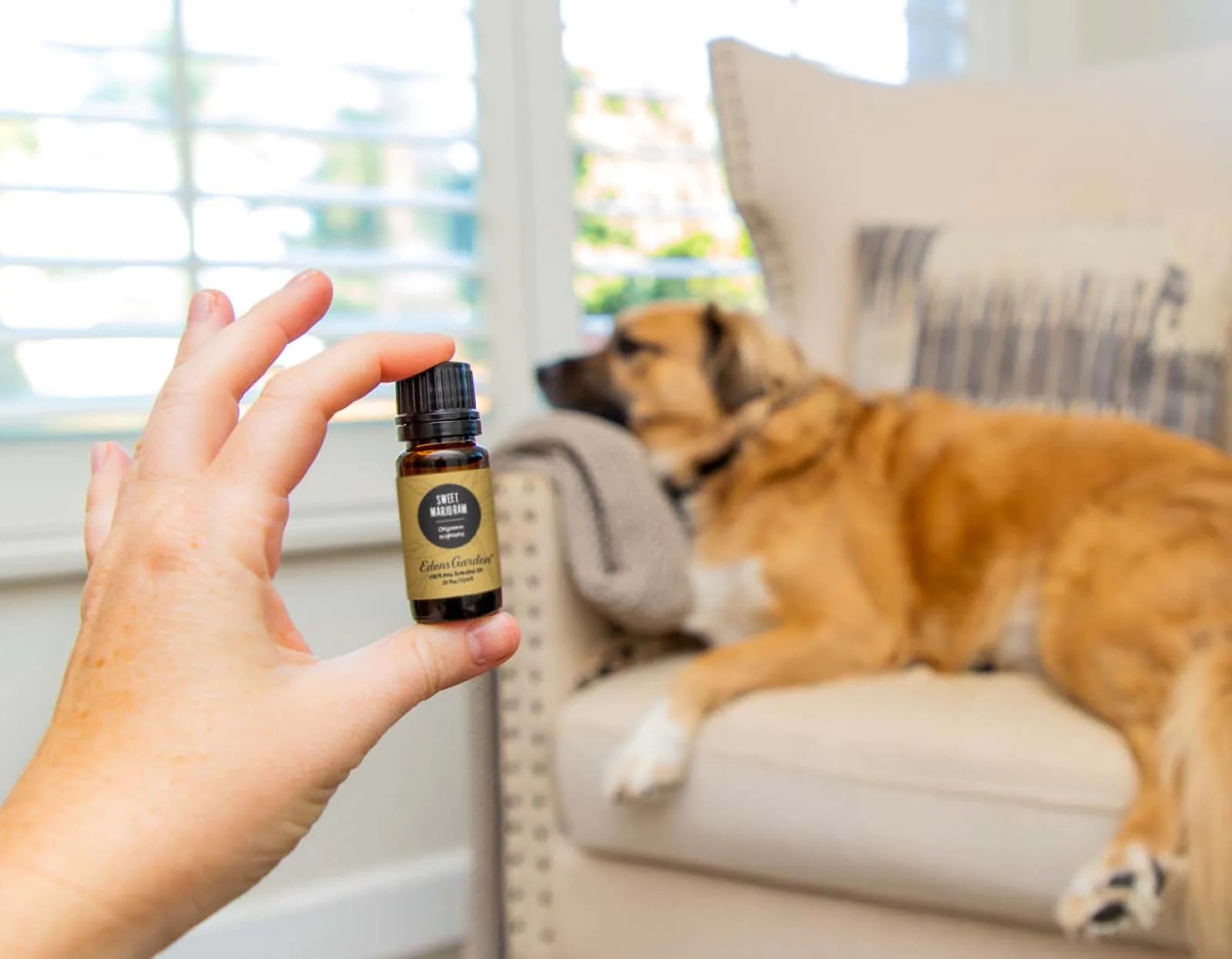
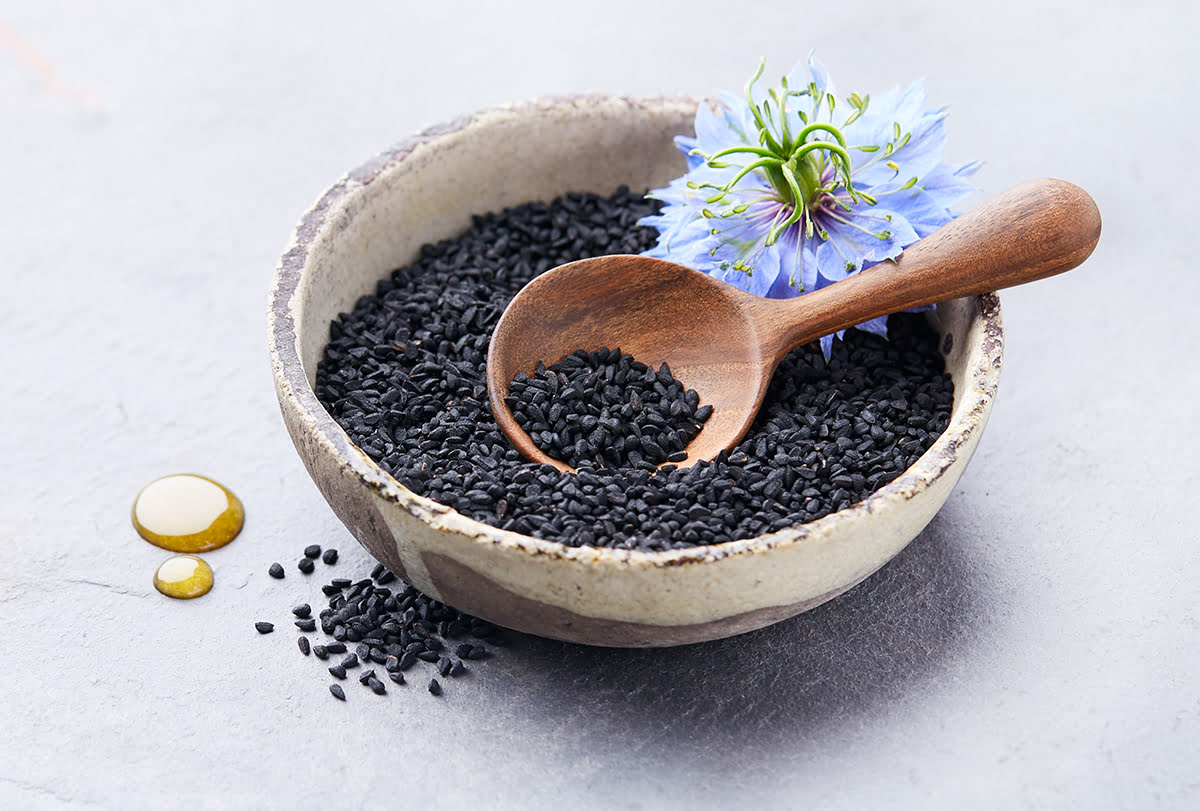
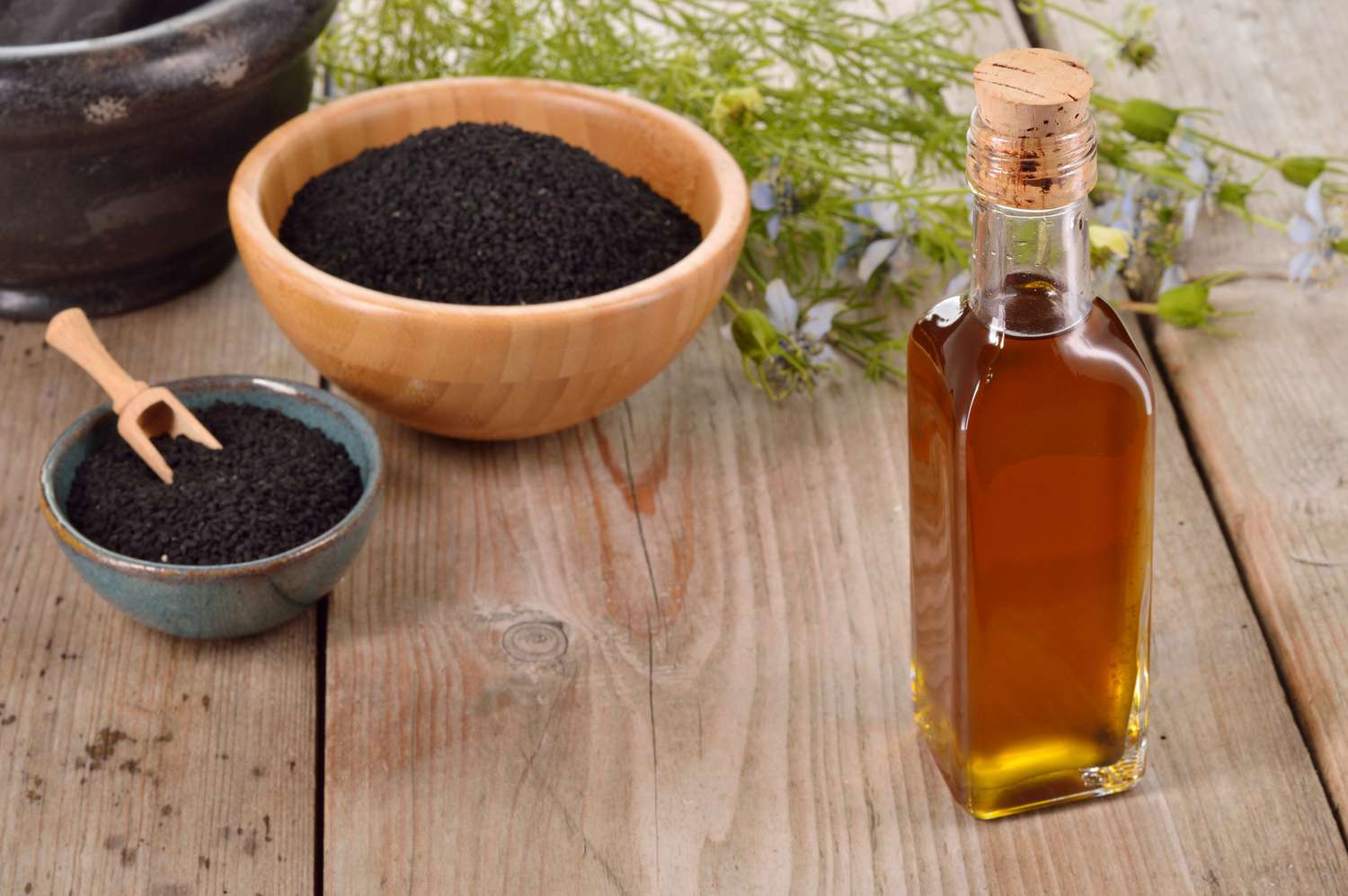
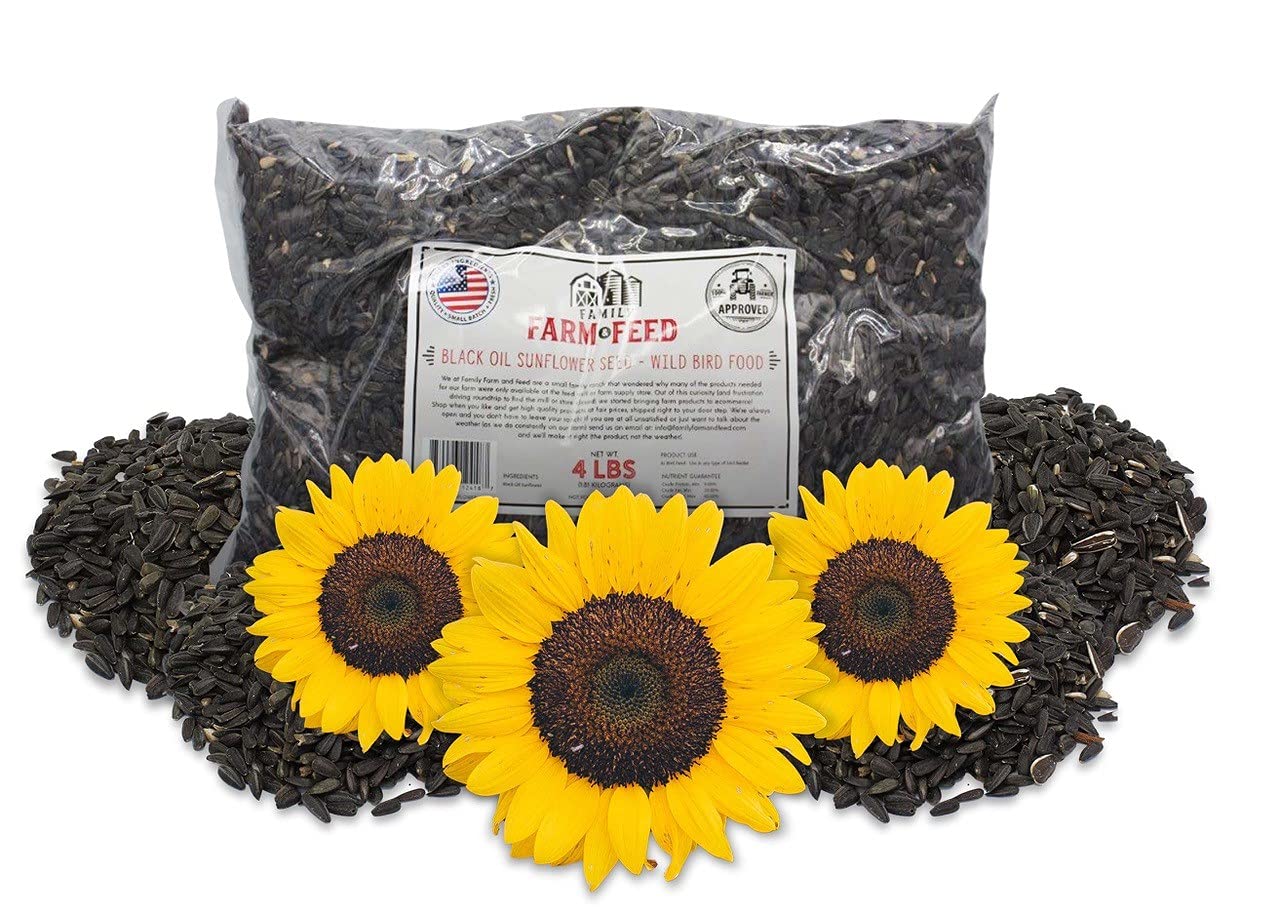
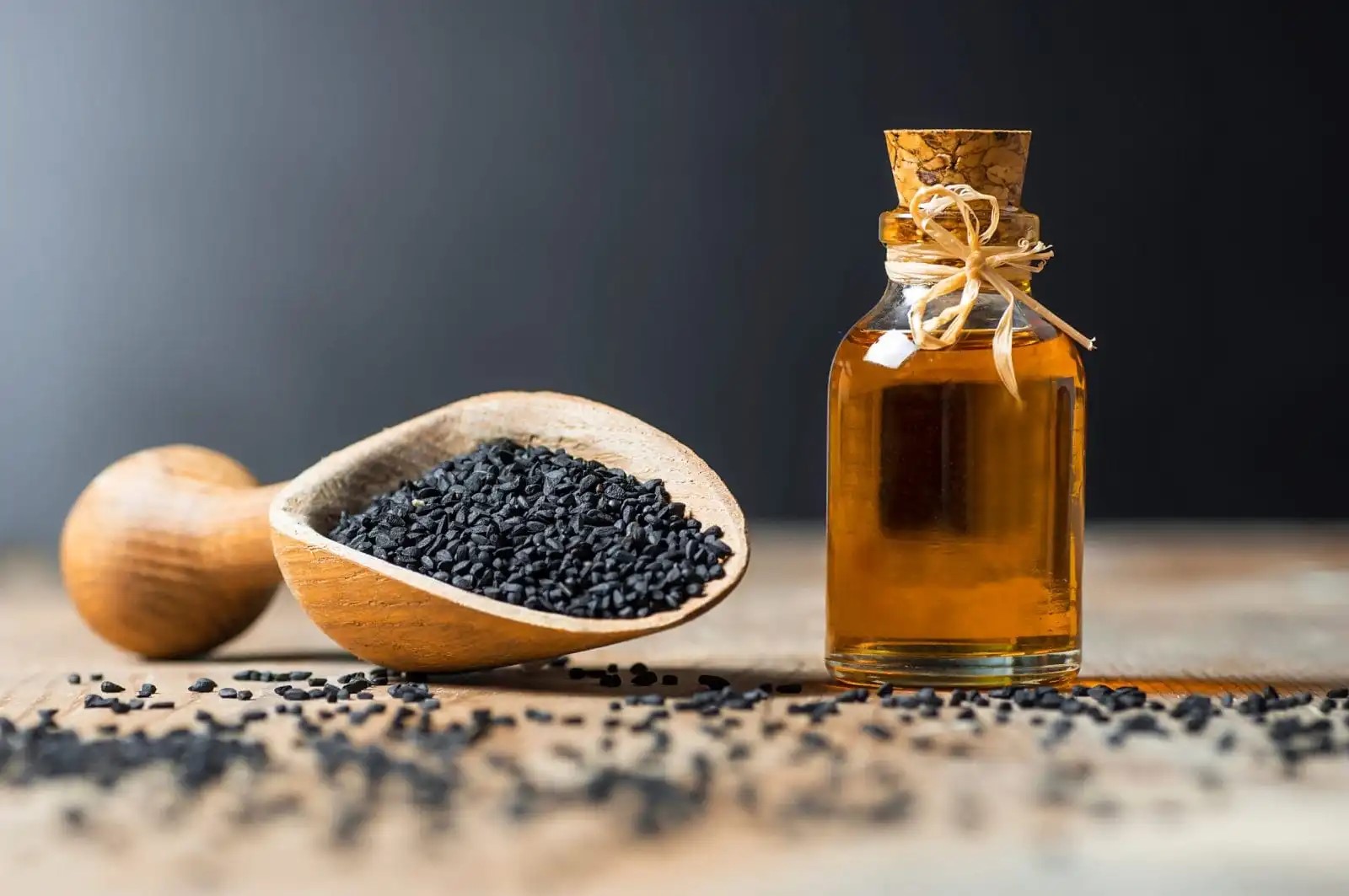

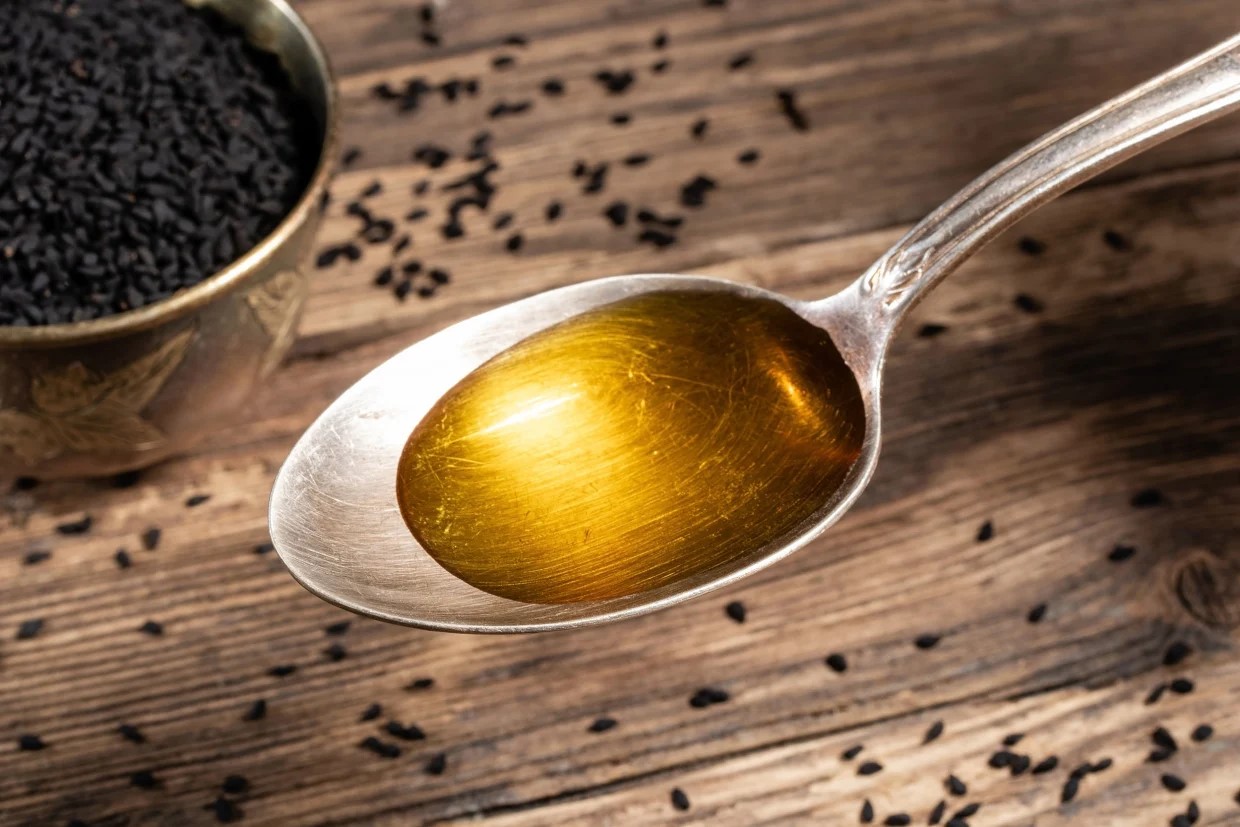
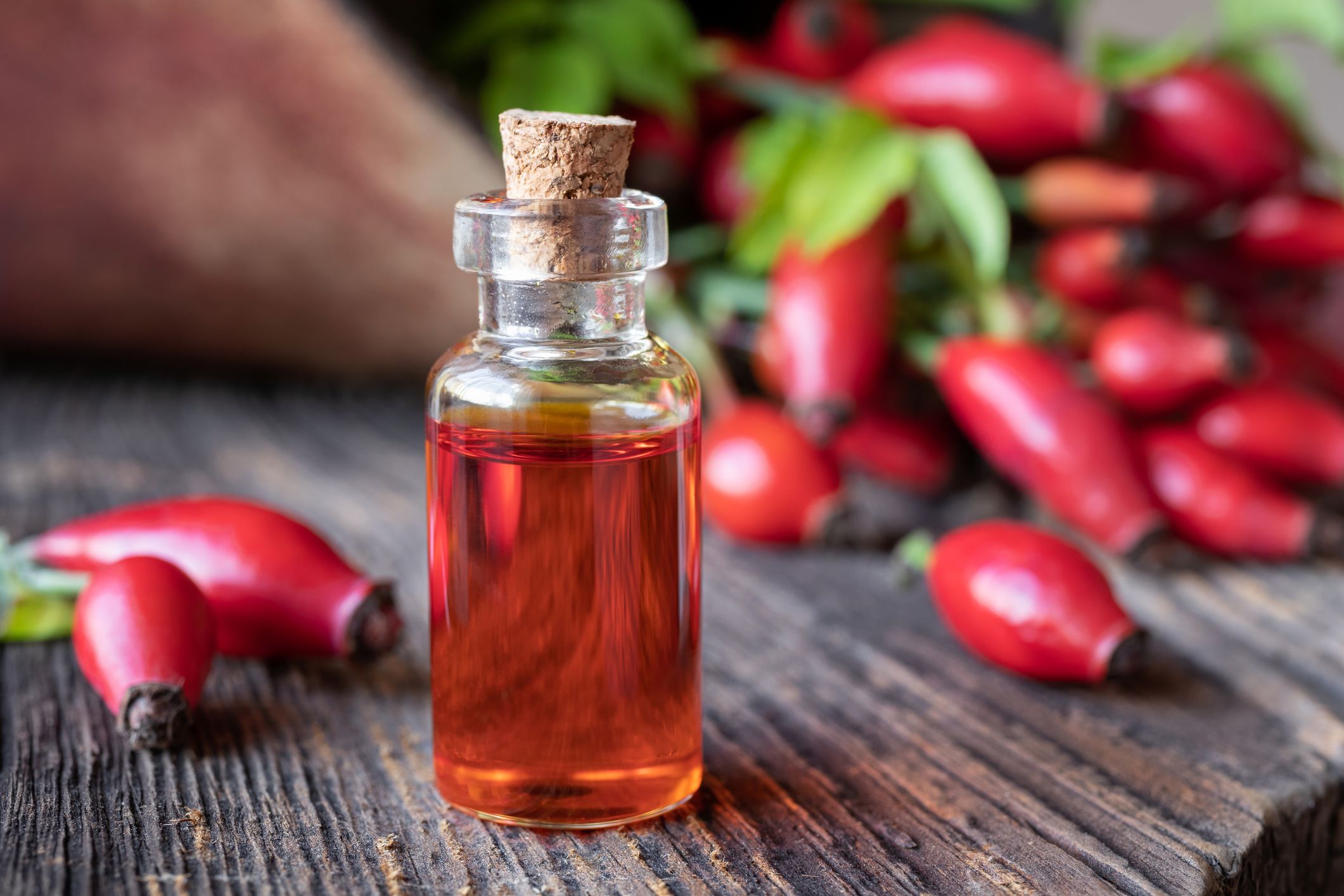
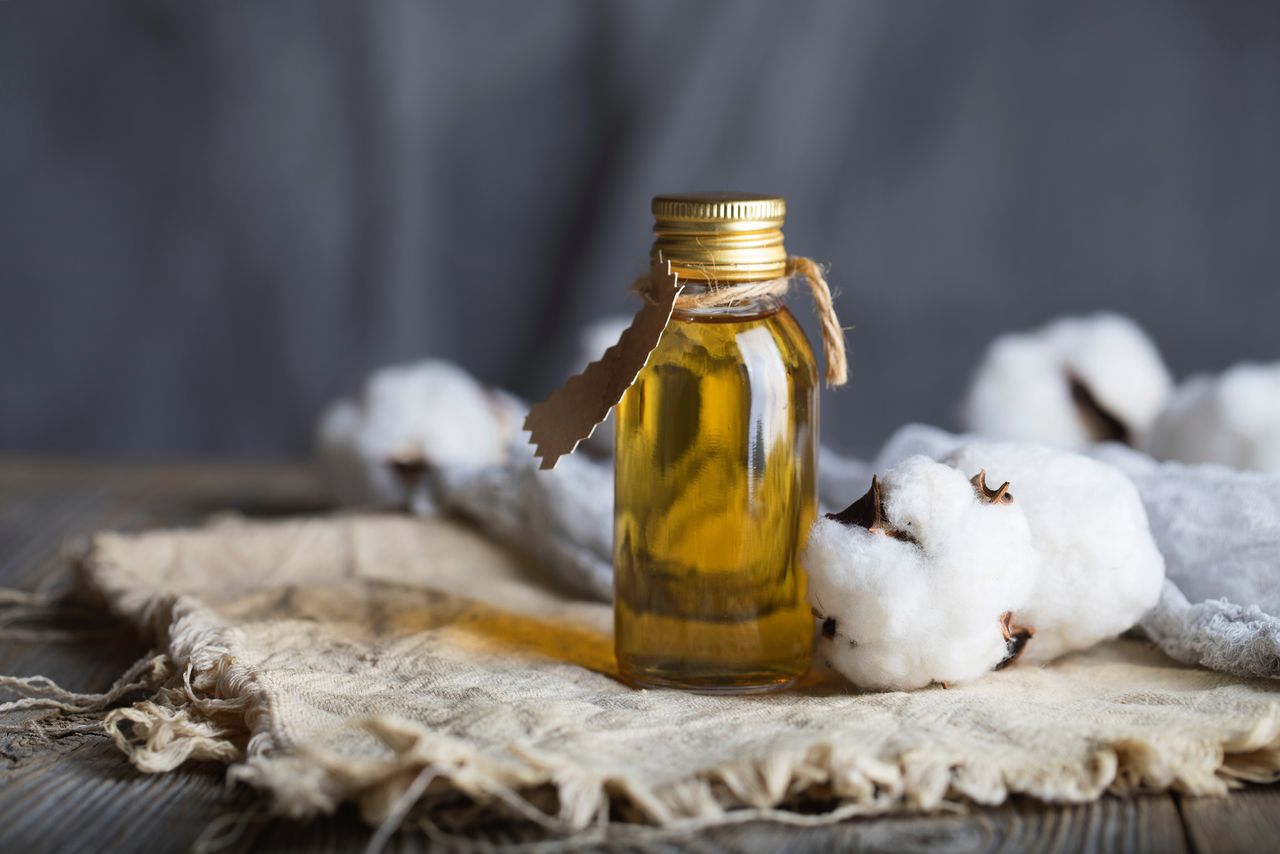

0 thoughts on “How To Use Black Seed Oil For Skin”